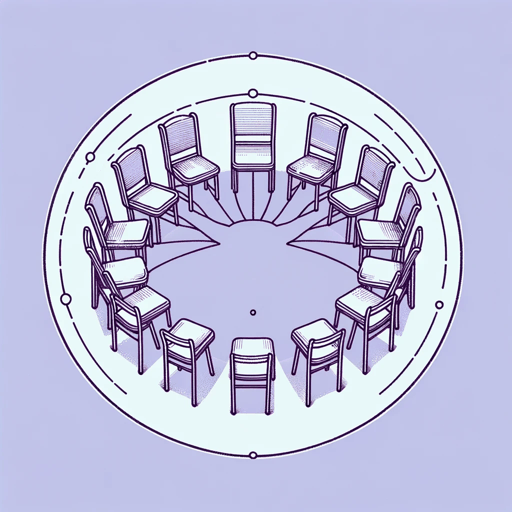47 pages • 1 hour read
bell hooksTeaching Critical Thinking: Practical Wisdom
Nonfiction | Collection of Letters | Adult | Published in 2007A modern alternative to SparkNotes and CliffsNotes, SuperSummary offers high-quality Study Guides with detailed chapter summaries and analysis of major themes, characters, and more.
Teachings 13-19Chapter Summaries & Analyses
Teaching 13 Summary: “Humor in the Classroom”
hooks highlights the importance of humor in the classroom and in academic circles. As a child, hooks felt pressured to remain serious. Both her home and school left little room for humor. In college, she felt the pressure increase as she faced male-dominated academia. Slowly, she learned the power of wit and how it could be used in the classroom and in intellectual discussion. hooks saw the same seriousness of her youth in her students. She wanted them to be able to develop their community, and she knew that humor was a key component. She tried being witty in class, but only a few students laughed. One day, she showed up to class late and found one of her students standing at the front of the room, acting out an impression of her. Instead of becoming angry or indignant, hooks laughed, and her students laughed with her. hooks realized then how humor could help students cope with the intensity of critical thinking in the classroom.
hooks shares another story of the time she invited Ron Scapp to engage in a public dialogue with her at her university. Since she teaches at a Christian college that focuses on social justice, hooks finds it difficult to engage in humor with her students and colleagues.
Related Titles
By bell hooks

Ain't I A Woman: Black Women and Feminism
bell hooks

All about Love: Love Song to the Nation Book 1
bell hooks

Feminism Is for Everybody: Passionate Politics
bell hooks

Feminist Theory: From Margin to Center
bell hooks

Salvation: Black People And Love
bell hooks

Teaching to Transgress: Education as the Practice of Freedom
bell hooks

The Will to Change: Men, Masculinity, and Love
bell hooks
Featured Collections
Books that Feature the Theme of...
View Collection
Colonialism & Postcolonialism
View Collection
Community
View Collection
Education
View Collection
Equality
View Collection
Essays & Speeches
View Collection
Politics & Government
View Collection
SuperSummary Staff Picks
View Collection

